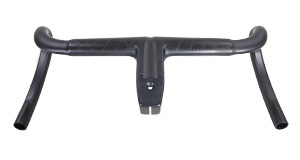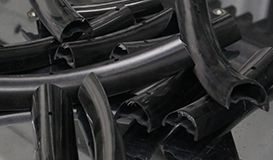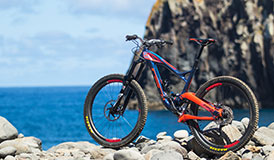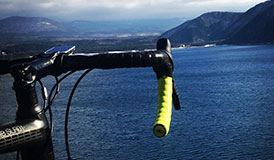Upgrading to a high-end set of carbon wheels is a significant performance boost, one you can enjoy for many years. However, if left them unchecked, you can lose some efficiency soon over time. Here are a few tips on how to look after your new wheels to keep them running like new.
Wheel Maintenance #1: Clean The Wheels Periodically
If you’ve been on a long dusty road or on a muddy ride, you’ll want to give the wheelset a quick wash and then wipe them down with a rag. Braking surfaces need special care and attention. If you have a rim brake surface, a bar of mild soap and water should do the trick. Isopropyl alcohol (the higher the percentage the better) can be used for rim brake or disc brake surfaces, and be sure to use clean rags only. Isopropyl alcohol can be found in drug stores. Do not use rubbing alcohol as they often contain some oil. For disc surfaces, a special brake cleaning compound is preferred because it won’t leave any residue. Bike shops, online stores or a motorcycle shop should carry disc brake cleaning solutions.
Wipe off dirt and grime around the hub’s seals as this is where dirt can infiltrate and get in contact with the bearings. If you need extra protection you can apply some waterproof grease. This also attracts dirt so you should pay attention to any problem areas and clean/re-apply more regularly.
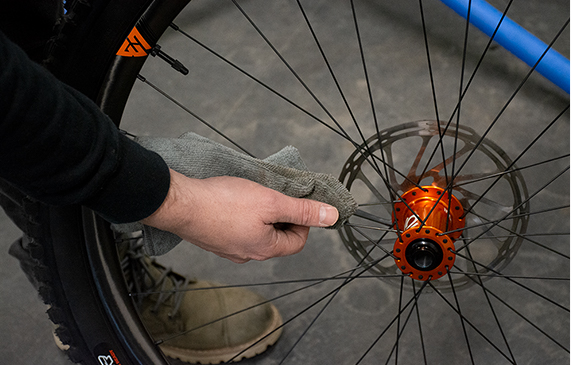
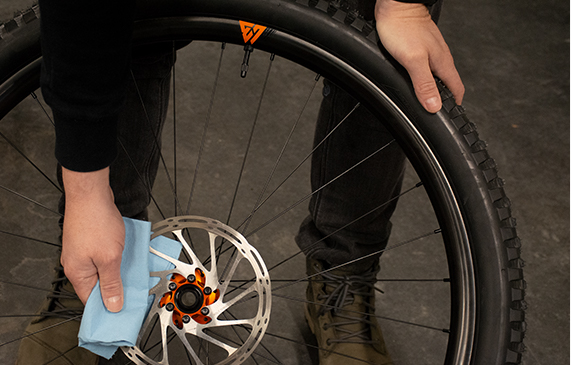
Wheel Maintenance #2: Check The Spoke Tension
A properly tensioned wheel will ride better and last longer. If you have uneven spoke tension, or too much or too little tension, then you can break the components of the wheel much easier. Too much tension can cause the spoke to pull through a hub flange or rim or just shear off during a side-load. It also can cause premature bearing failure as it impacts the bearing tolerances through the hub shell. Too little tension causes the irregular performance of the wheel system and lets the rim flex more than it is designed to, possibly leading to premature failures. Also, low tension allows the nipples to unwind and the spokes will get even lower rapidly.
A professional wheel builder with a properly calibrated tension meter and a good reputation is the only reliable way to diagnose and fix wheel tension. Remember that just because someone has lots of experience working on wheels doesn’t necessarily make them a good wheel builder, so some due diligence when finding a wheel builder is recommended.
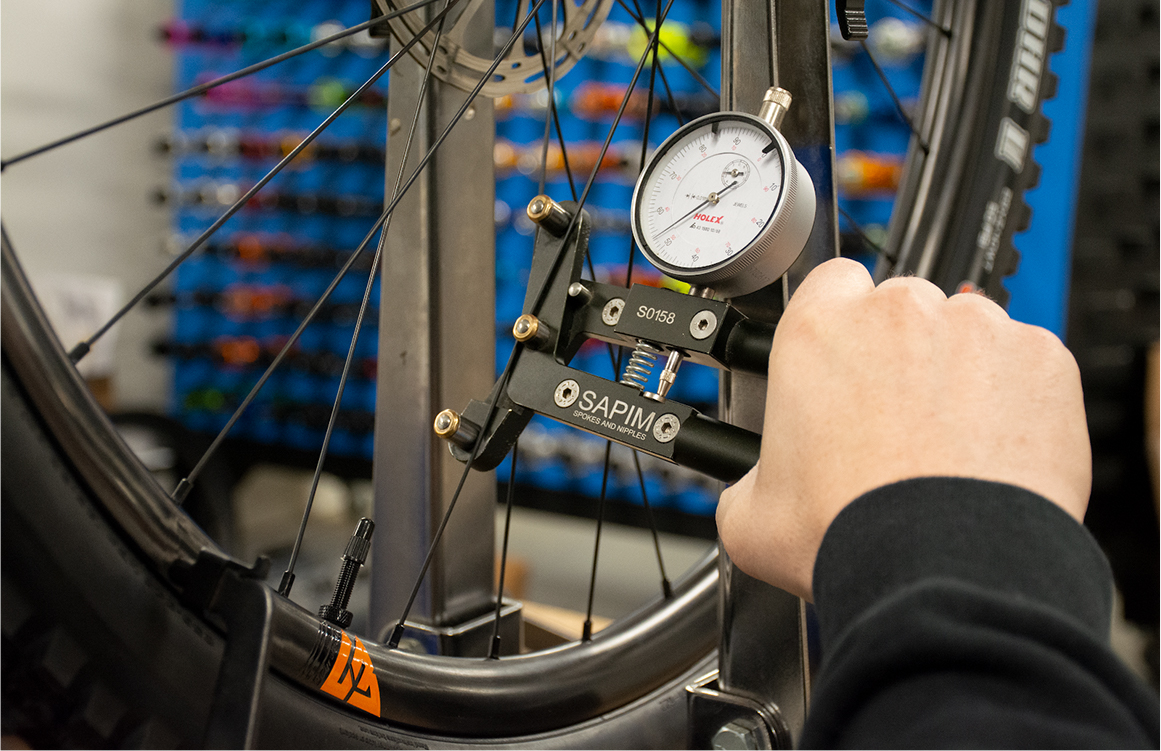
Wheel Maintenance #3: Check The Bearings
If you feel either lateral play or clear friction when spinning the wheel, it is time to do some adjustments on the pre-load lock ring (if applicable) and bearings. Only some hubs like Chris King and Onyx have adjustable preload. If there is play in the hub you can loosen the lock ring, back it off and then tighten down by hand until it spins nicely.
If there is still play in the hub, you may need to remove the freehub and endcaps and feel how the bearings spin. You can find the culprit bearing(s) and replace it as needed. Some higher-end cartridge bearings are re-buildable, but it’s a job best done by someone very experienced with servicing bearings.
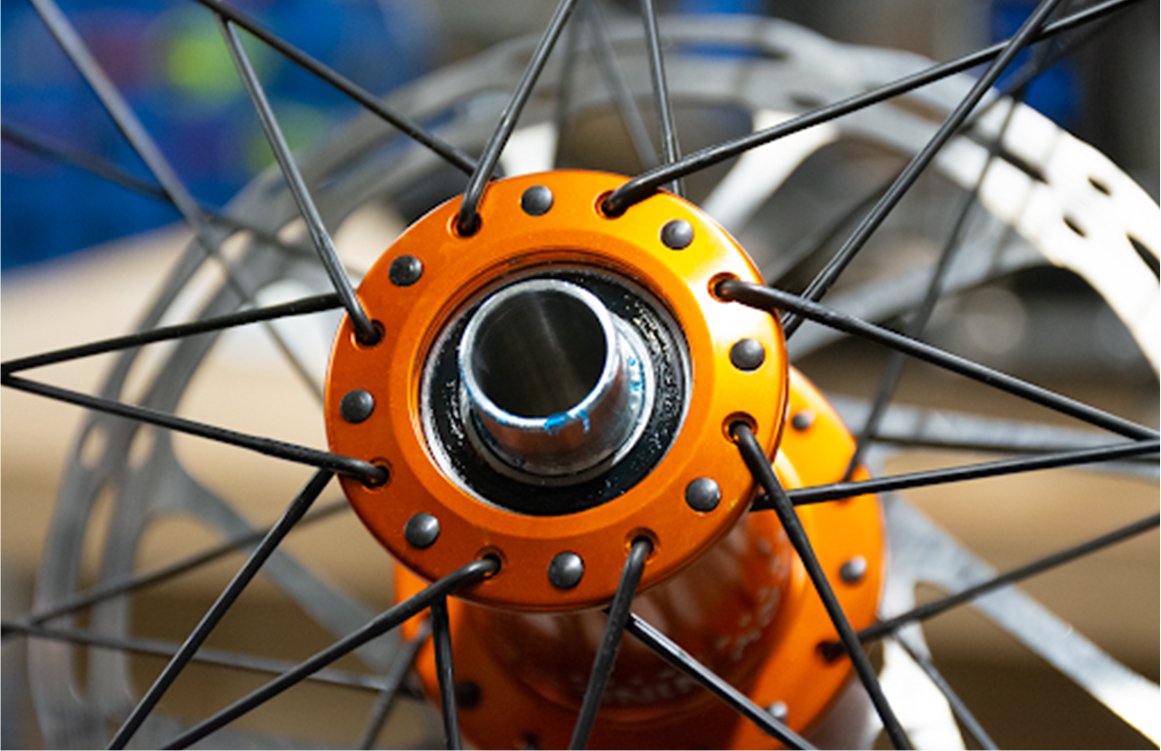
Wheel Maintenance #4: Inspect The Tires For Ride Safety
No matter if you run tubes, tubular or tubeless, don’t forget to check your tires before you ride! Air pressure will have a big impact on ride performance as well as safety. Inspect the sidewalls of the tire for signs of significant wear. You might see 45 degree angled lines forming due to excessive compressions, which is a sign the sidewalls can be compromised more easily. For knobby tires, check the corner tread to see if there are any cracks at the base as this is a sign that they will start pulling off the tire and perform poorly during cornering. Check for significant slits in the tire which may burst while riding. For tubular tires, make sure the gluing is done correctly and feels like it’s holding well. For tubeless tires, add more sealant every 4-6 months as it can dry up. It’s also not a bad idea to check the tubeless air valve collar to ensure it’s tight.
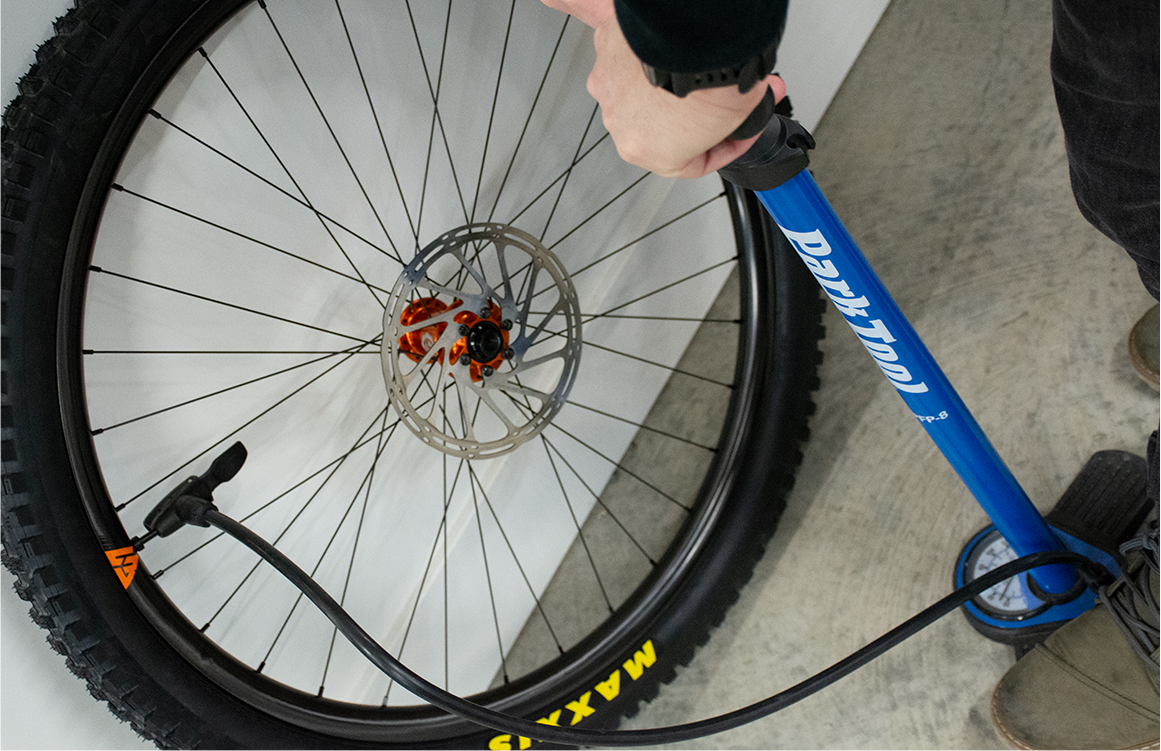
Do you have other tips on wheel maintenance to share? Just leave a comment below.
November 5th, 2019 | Light Bicycle
Get in touch
Feel free to leave a comment if you have any questions or suggestions on our products or other issues.

Please leave your name here.
E-mail is required for further contact.
Please enter a message.
We use cookies for a better experience. Learn more.
Your Cookie Preferences
We use cookies to improve your experience on this website. You may choose which types of cookies to allow and change your preferences at any time. Disabling cookies may impact your experience on this website. You can learn more by viewing our Cookie Policy.
-
Cookies required to enable basic website functionality.
-
Cookies used to understand how the website is being used.
-
Cookies that are used to enhance the functionality of the website.
-
Cookies used to deliver advertising that is more relevant to your interests.
Aceept All Cookies
Save Preferences
Reject All Cookies
Save Preferences
Reject All Cookies
Accept All Cookies






